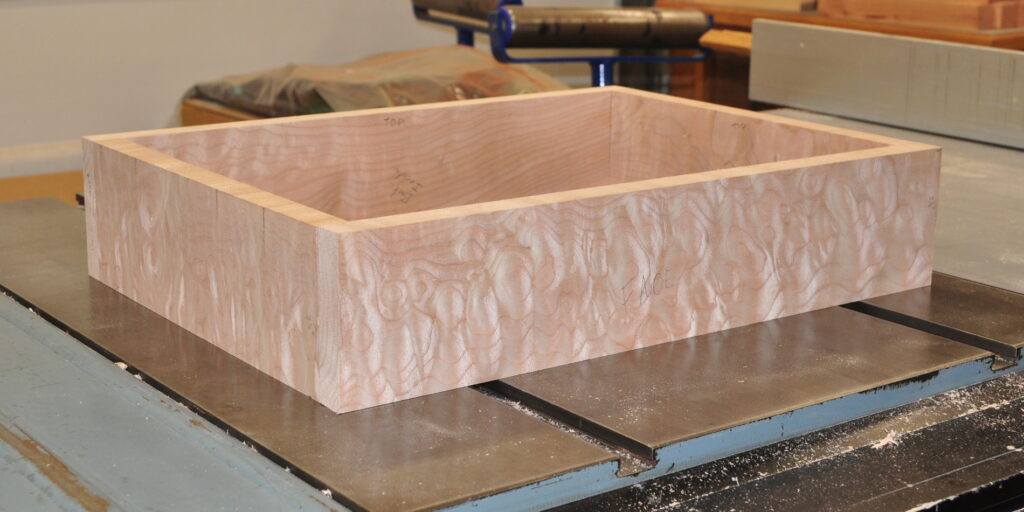Would you believe it? Today while listening to the 6V6 Lacewood V2 I heard a funny little popping sound and a short duration whine. It only lasted a few seconds, then it was gone. But when I walked over to the amp there was a distinct smell of “magic smoke“. Once again, the game’s afoot!
So I took the amp to my bench and removed the lower cover for a visual inspection. After the visual inspection I tested resistors, inductors, and capacitors in situ looking for any sign of failure. The first hint came when measuring the primary 32µf reservoir capacitor. It measured 0µf in the circuit. It was not shorted so the amplifier still functioned. So this is my current suspect component.
Tomorrow I will unsolder the leads and do a check of capacitance and dissipation on the suspect capacitor and it’s twin. My suspicion is that the primary side of the dual capacitor failed. But until I can check it in detail, and check over the remainder of the amplifier in more detail, I won’t order any new components. The capacitor is a JJ can capacitor with dual 32µf/500 volt capacitor sections (Series TC 529).
This is a little disconcerting coming, as it does, on the heals of the failure in the 6L6 Spalted Alder amplifier. But that’s just the luck of the draw. This capacitor was first wired into the amplifier in 2011 and the entire amp has been rewired once since then (becoming the V2.0 version). All told there are many thousands of hours of operation on this amplifier in the last 13 years. I still don’t like that this JJ capacitor failed, but these things do happen. I’ll let everyone know how the repair goes.
On other fronts, I do have some chassis wood cut for a quick project that’s been waiting in the wings for a while. This is some nice buckeye burl hard maple. Here’s how it looks.
It should finish up nicely. This is actually the same wood I used on the Volume Control project many years ago. I’ll post some updates as the project progresses.
As always, questions and comments are welcome.


Pingback: A Cautionary Tale | Cascade Tubes
Pingback: I Spoke Too Soon | Cascade Tubes
You have piqued my curiosity. What is the upcoming project for the new chassis you are building? If you are at liberty to discuss.
It’s nothing special. Just a passive source selector. I intend to use it in my office to switch between a couple of amps and my headphone amp. It will be the same form factor as the Source Selection Preamp so that it fits nicely in the stack of equipment.
OK,
Thanks.
I’ve heard that JJ caps are of low quality from a few people over the last few years.
In general I’ve had very good luck using JJ can capacitors. However, you need to get them from a reputable source. There are lots of counterfeit parts floating around these days. I will likely replace this part with a same JJ capacitor.
For those thinking of going to the VNH series to get the higher 560V working voltage, be careful. The VNH series has significantly lower Iac ratings than the TC series. In the dual 32µf size the TC has an Iac rating of 150mA while the VNH series only has a rating of 100mA. So it’s probably not a great idea to use the VNH series in the reservoir capacitor position unless the rectifier repetitive peak plate current is well controlled. In short, longer conduction angles on the rectifier.
That maple chassis is pretty. I am looking forward to seeing the updates as things progress.
Sounds like a short and burn. I’ve seen that with many single phase motor run capacitors (oil or electrolytic) over the years.
Considering your storm recovery, maybe a voltage surge?
There might have been some power issues with the recent wind storm and power outage. But the amp also has a large number of power cycles on it. In my experience power cycles are the best indicator of electronics age. Actually much more than total accumulated operational hours. But, in reality, I’ll never really know for sure.